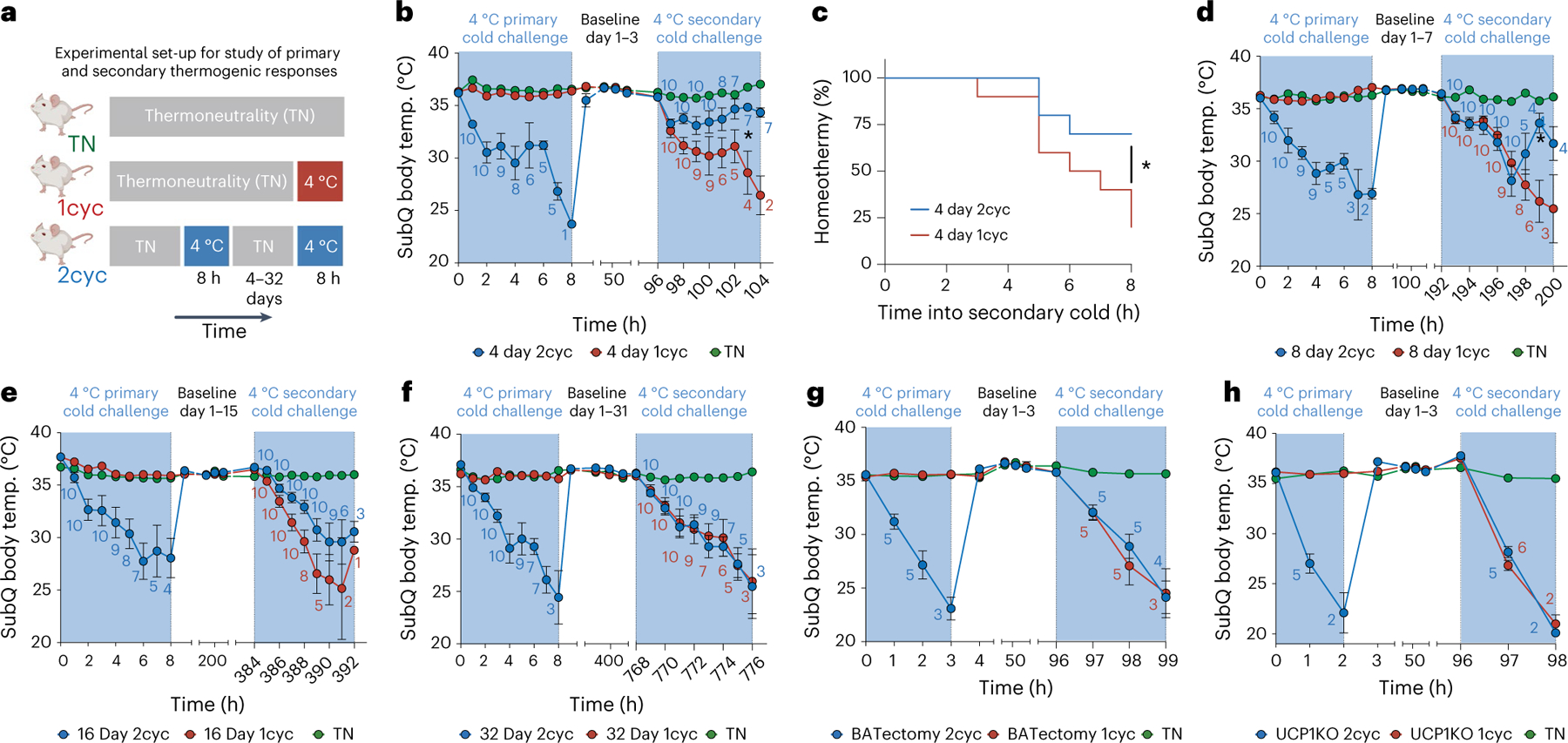Fig. 1 |. Enhanced secondary thermogenic response to acute cold.

a, Schematic of experimental setup. 2cyc denotes the experimental group undergoing both a primary and secondary cold exposure. 1cyc is a cold-naïve control group for each secondary cold challenge. b–f, Effect of transient acute cold exposure on a secondary thermogenic response to acute cold following thermoneutral housing for 4 d (b and c), 8 d (d), 16 d (e) or 32 d (f) between primary and secondary acute cold exposure (n = 10 independent animals for each condition, except for thermoneutral baseline n = 5). g,h, Effect of BATectomy (g; n = 5 independent animals for each condition) and UCP1 knockout (h; n = 5 independent animals for 2cyc, n = 6 for 1cyc) on the enhanced secondary thermogenic response 4 d following a primary thermogenic response. Data in b and d–h show subcutaneous (SubQ) body temperature during cold exposure. Animals with subcutaneous body temperature below 20 °C were removed from cold. Counts indicate the numbers of animals analysed at each time point. Data in c show the percentage of animals maintaining subcutaneous body temperature above 20 °C in secondary cold challenge based on data in b. Error bars indicate means ± s.e.m. *P < 0.05.
